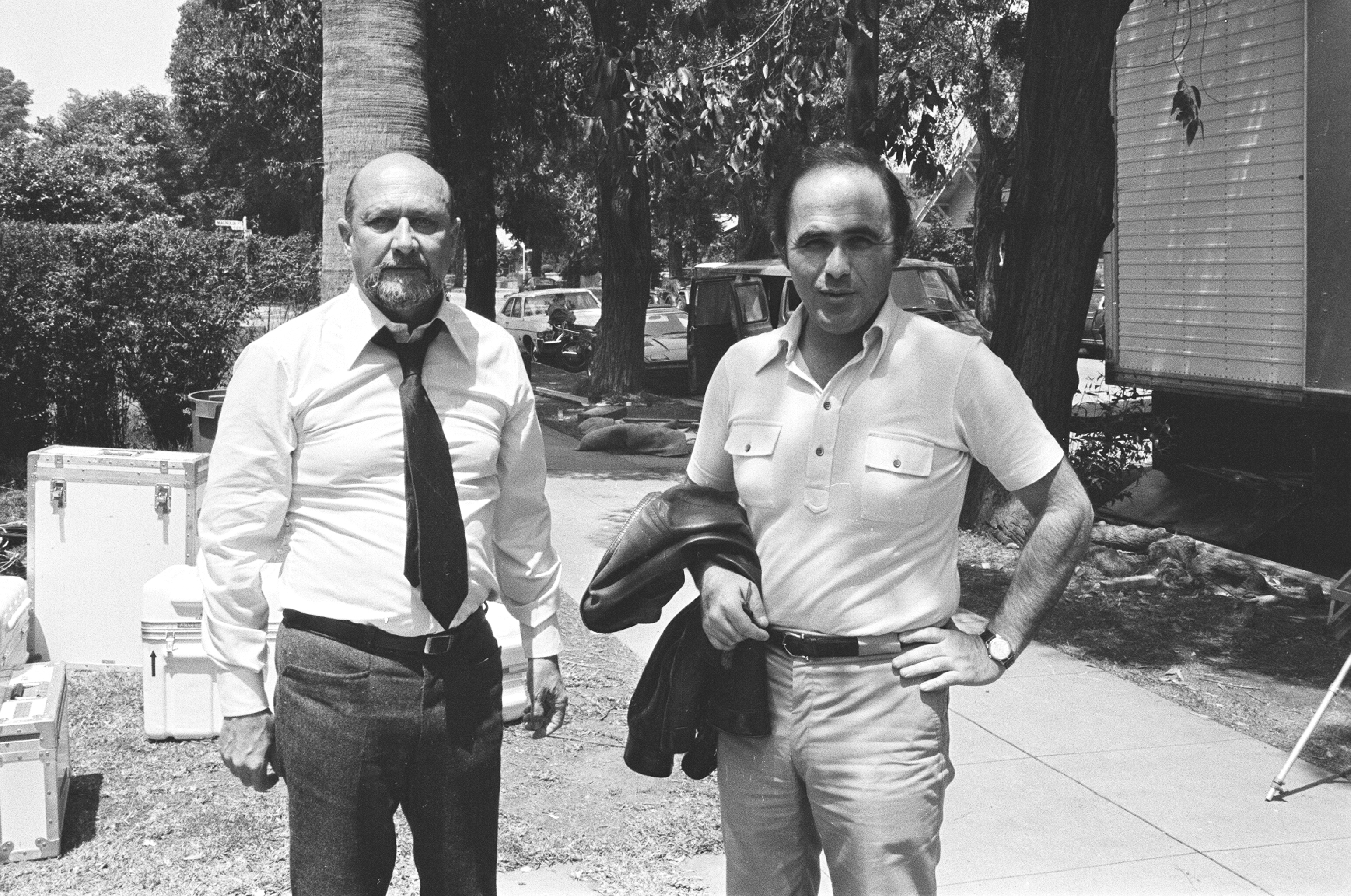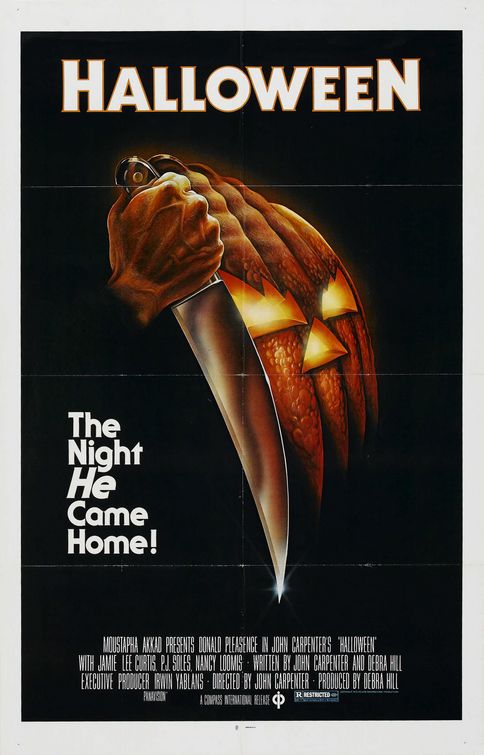As Trancas International Films have teamed up with HorrorHound Ltd. in order to deliver the upcoming Halloween-based convention H40: 40 Years of Terror in Pasadena, CA on October 12-14, HalloweenMovies.com recently caught up Irwin Yablans, who along with Moustapha Akkad served as an executive producer on John Carpenter’s 1978 classic originator, in order to discuss the film, the event, his thoughts on David Gordon Green’s upcoming direct sequel, and more. Read on.
Yablans, who will be joined by his son Mickey at the convention (the latter who appeared in a bit part in the ’78 film as “Richie”) and who will be signing never-before-seen photos taken on set, as well as his 2012 autobiography The Man Who Created Halloween, told us of his appearance at H40, “The last time I got involved in any of this (Halloween) stuff was in Pasadena. I went there with my book, and I was besieged by people. I couldn’t believe how many people wanted autographs.”

Seated in his southern California office and surrounded by framed photographs documenting his life, from his beginnings in Brooklyn, New York to his stint in the US military and later his rise through the ranks of Hollywood (first as a film shipping clerk and later as a producer and executive producer of a string of successful independent films), eighty-four year old Yablans reflected on Halloween (which this September 27th receives a worldwide re-release), “(That production) was like a finally meshed piece of machinery. Everything that could go right, went right. There wasn’t a hitch in the whole thing. There wasn’t a desperate phone call. There wasn’t a request for more money. There wasn’t a request for more time. There was never a moment of drama or panic. Every time I went down to the set, I came away feeling that there was no need for me to (go there) the next night.”

“And I think that the whole story of how Halloween was born is a great story, you know, and people never tire of hearing about it,” offered Yablans, whose suggestion of moving the action in John Carpenter and Deborah Hill’s working script titled The Babysitter Murders to All Hallow’s Eve proved impactful. Filmed in southern California (standing in for Illinois) in early 1978 over the course of twenty days for a mere $300 thousand, Halloween would famously go on to make $70 million in its initial theatrical run, rendering it the highest grossing independent film of all time (until the release of The Blair Witch Project in 1992).
“They were shooting on Orange Grove (in Hollywood), (and) my office was on Sunset Blvd.,” Yablans remembered of the film’s production, “and I’d finish my business and go on out there, and I would stand around feeling like a useless twit. I would stay until about 1AM, and then go home, and they would stay until dawn! And some would stay on the set: sleep there, eat there, and then start again. They were a happy band of vagabond kids, and they were all young, and it paid off, and it made a lot of careers for them. Of all the things that happened, everything worked out perfectly! Even the distribution process: I’m proud of that. People forget about how that picture was rolled out. Remember, with all the exposure that film’s gotten, and its fame, everybody forgets that it started out in one little theatre in Kansas City, Missouri.”
Of the film’s marketing, Yablans stated, “While this is going to sound very self-serving, and tooting my horn, Halloween wasn’t just a movie. There was a whole campaign that I devised. My thought was, and remember, we’re dealing with a movie that no one wanted to distribute, was to develop a campaign. The poster, I designed. I actually sat with the artist and showed him my fist.”
Yablans traced the curve of his clenched hand.
“You notice how the curve of that goes?” he asked. “(And) you notice how a knife curves and how a Halloween pumpkin curves? There’s a symmetry to all of that. And I wanted something that incorporated those three thoughts. Hence you got this iconic (image).”
(Writer’s note: painted by Robert Gleason, the original art not only contains Yablan’s trio of ideas, but also delivers something often not noticed: a demonic, sinister face hidden within the veins and knuckles of the knife-grasping hand).

“He got it on the first try,” recalled Yablans of Gleason’s painting. “Everything was in alignment on this thing. And then of course, when I opened the movie, I knew that with my limited resources I had to nurture this in a certain way, so we opened it in Kansas City by design. If the picture didn’t do well, I could keep it quiet until I worked out what to do next. But if it did well, then I knew what I had. The first night that we opened the movie, I got the results and I’ll never forget, the numbers were like two-hundred dollars a theatre – it was not bad. The next night it was double. Then it was exponential. By the weekend it was quadruple, and by the first week we knew that we had something unusually, incredibly important.”
“The fact of the matter is, all the movies I’ve done have all been ideas I got from newspapers or magazines or a thought or an idea,” continued Yablans, who post-Halloween would go on to executive produce a string of horror films, including 1979’s Tourist Trap, 1980’s Fade to Black, 1981’s Halloween II and 1982’s Halloween III: Season of the Witch, among others.
“Halloween is about the visceral, ancient fears that people have of the unknown. That’s what it’s really about. And they go back to that with this movie,” he stated of the original, and of David Gordon Green’s upcoming Halloween.
“The idea of Laurie Strode (and Michael Myers) being eventually combatants so to speak, that’s a great idea, because that’s really what it’s about,” he concluded. “Those two, that’s the driver.”
For H40: 40 Years of Terror ticket information and more, visit the official site here, and like H40 on Facebook here for updates.